
Life in the creekside community of Prison Waterfront, in Port Harcourt, Nigeria, can be as difficult as its name alludes. Here, children grow up amid a tangle of shanty homes with little to no access to basic human necessities such as clean drinking water and sewage systems. Living among widespread litter, human waste, and nearby oil slicks means living off the land simply isn't an option here.
To better understand the livelihoods of its residents, the International Committee of the Red Cross handed out disposable cameras to 26 youngsters in Prison Waterfront, asking them to document their daily lives in an effort to better comprehend their living situations.
Here are some of the poignant snapshots that the children captured.

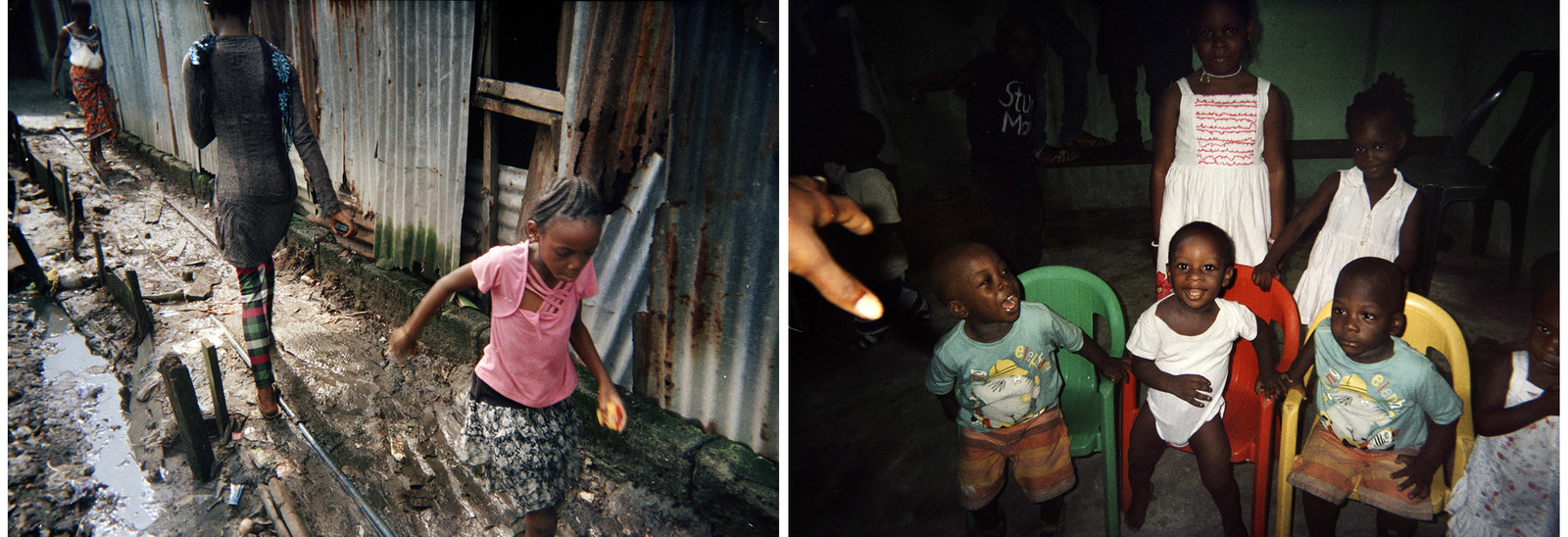
Mercy Athanasius, a 16-year-old girl who participated in the project, shares her thoughts on what she wants people to see in these pictures. Her words have been edited for clarity.
I want to pass the message across the world of how people in the shanty go through pains and work hard before they can get food on their tables. I want to see progress, I want to see goodness, and I don’t want them to go through such pain. They say you must work before putting food on the table, but I want that work to be in a modernized way — I don’t want to work with harmful objects that could injure. I want where they work to be safe.
For example, in many of these pictures the workers don’t mind where they stand; they don’t mind where they work. If there are harmful objects in the area that might injure them, they don’t care. They focus on how they will get their money. Still, I am happy when I see them, because when young people work it helps then stay away from a life of crime. But at the same time, I feel sad — I can see they are suffering.
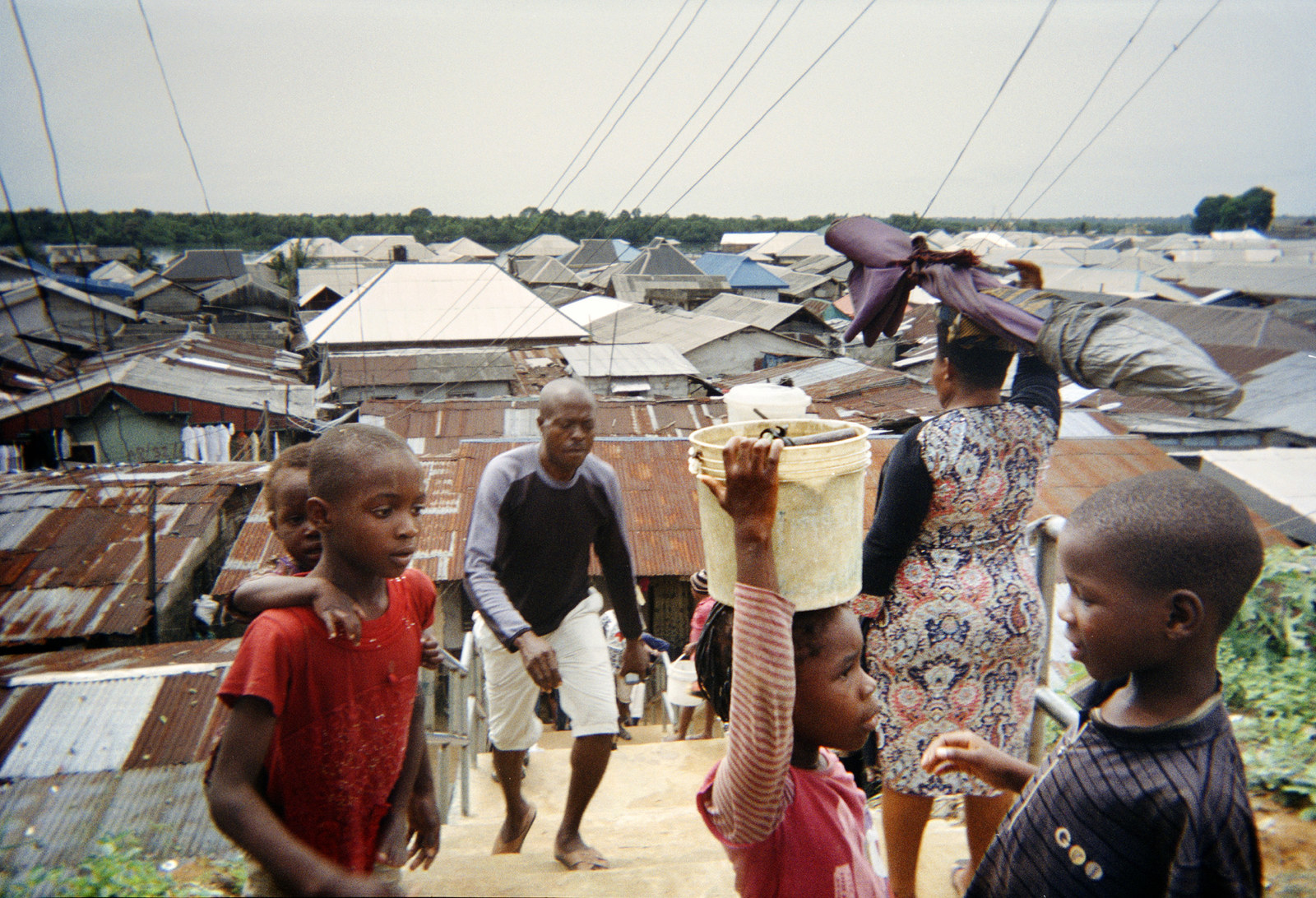
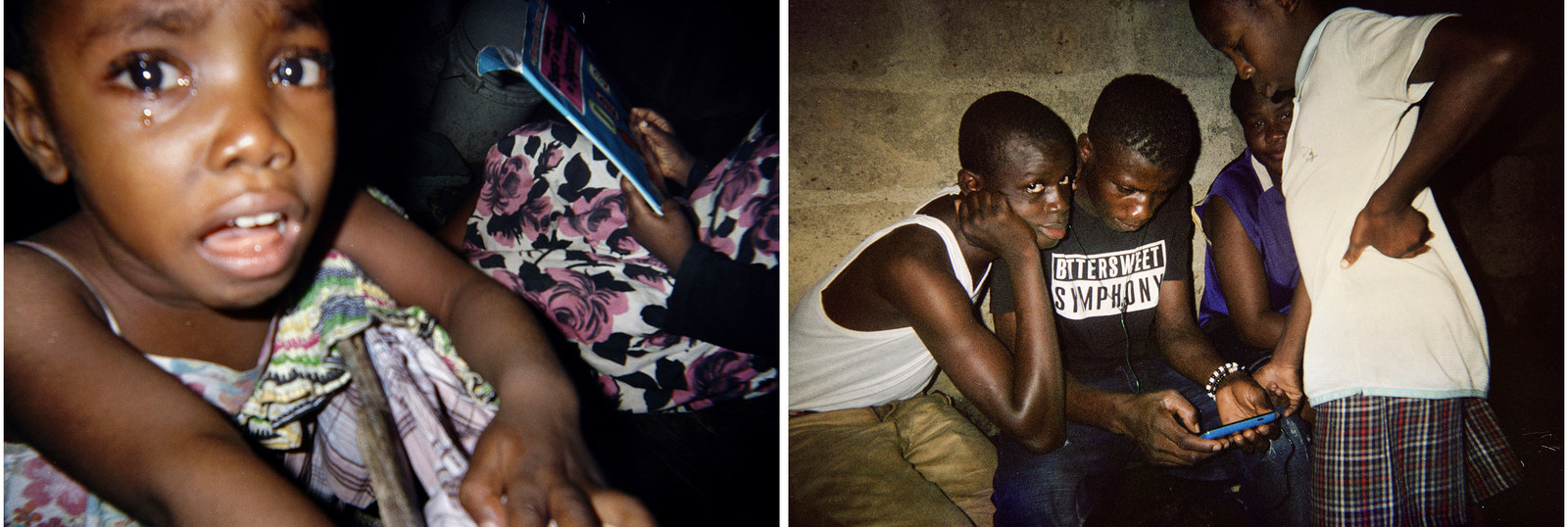
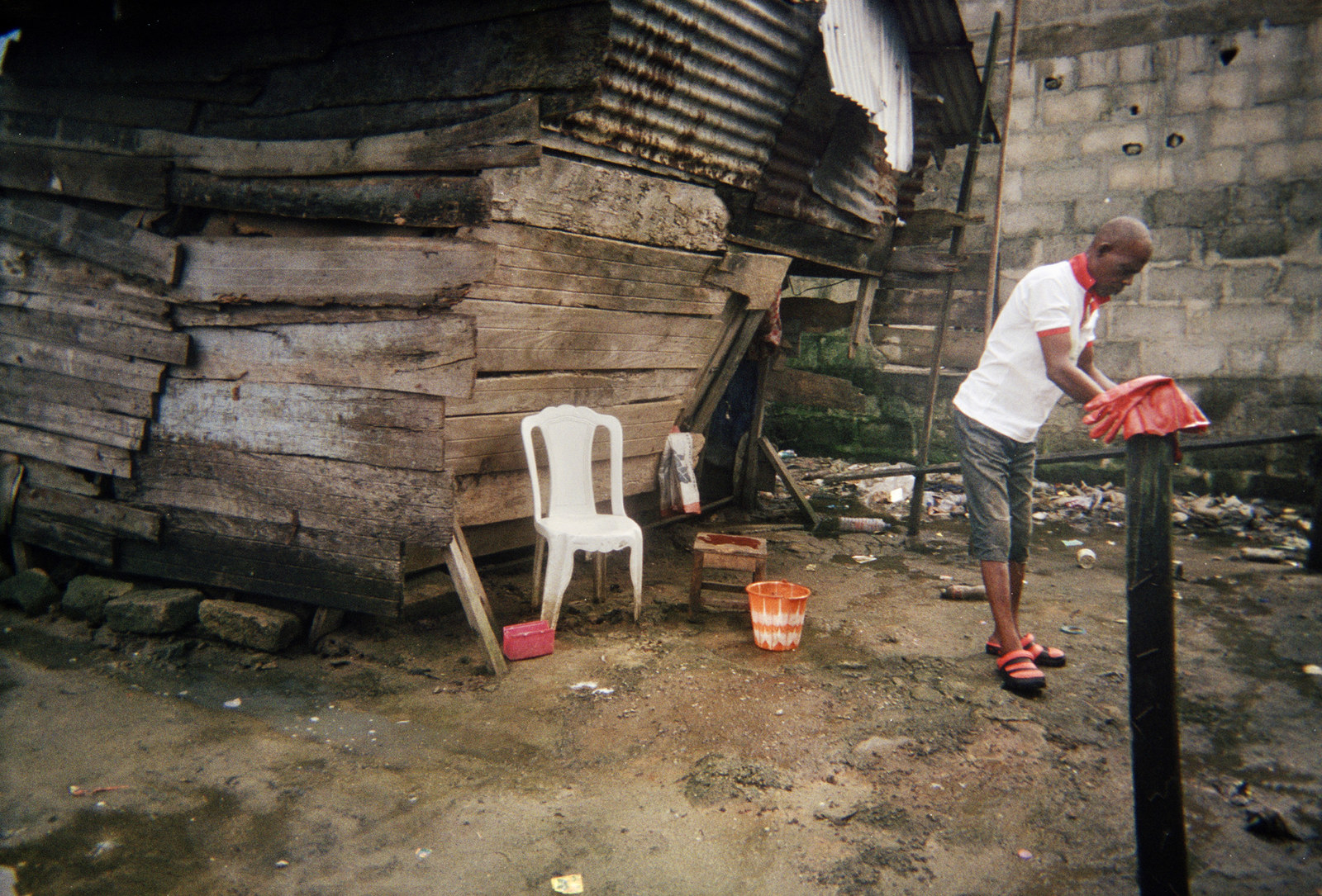
Kathryn Cook-Pellegrin, the head of photography for the International Committee of the Red Cross and the architect of this project, spoke to BuzzFeed News about her personal journey in Prison Waterfront and the importance of observing the world through the eyes of child.
I have been the head of photography for the International Committee of the Red Cross (ICRC) for just over two years now. I’m actually a photographer by profession. I began my career with the Associated Press in Panama, and then worked freelance for about 10 years after that.
Right now, we are focused on pushing the way we work with photography toward an approach that is more intimate and personal. This is possible because the ICRC is uniquely positioned. The organization is present and integrated in over 80 countries — and with that neutrality and independence comes unique access and acceptance.

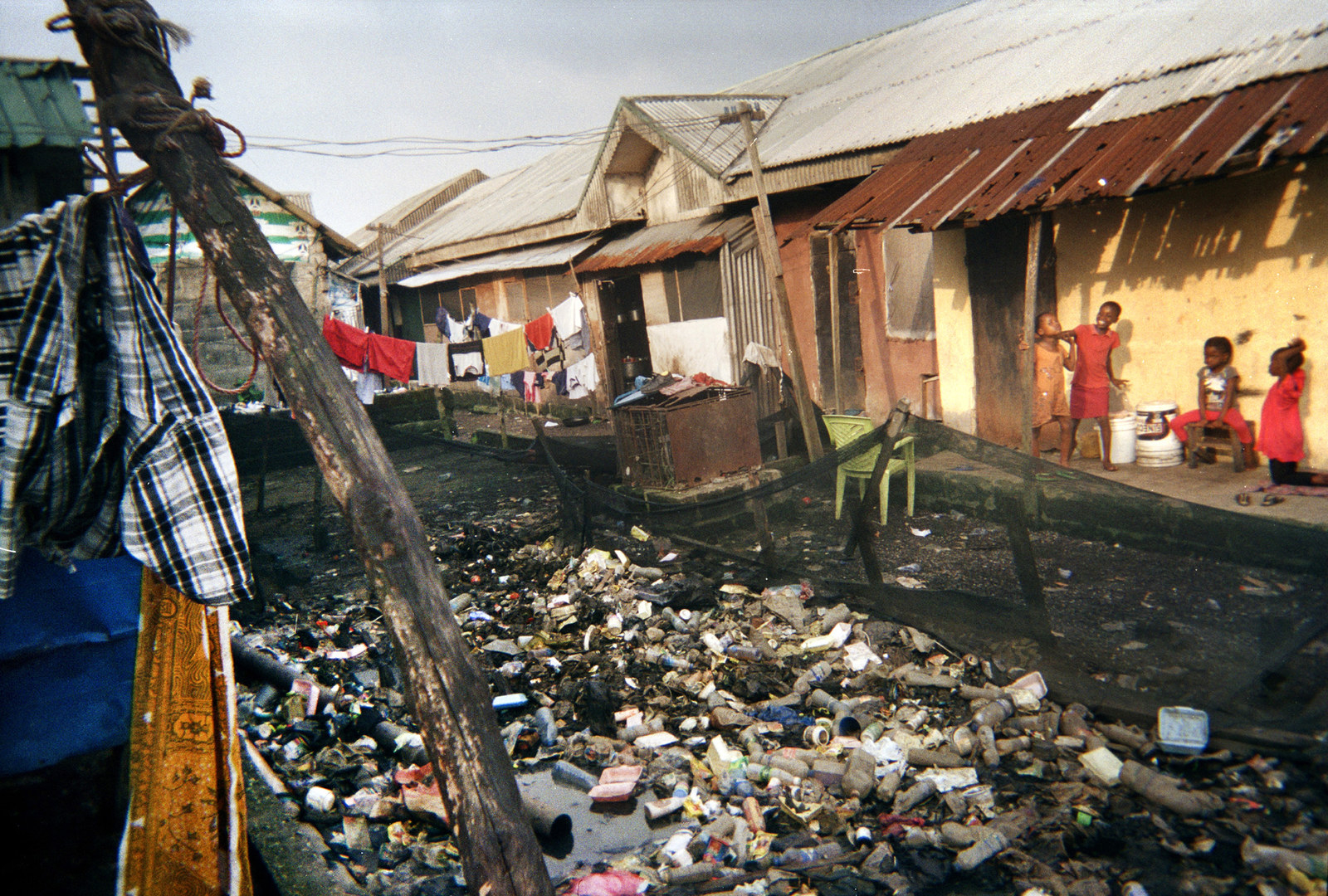

The ICRC has been working in this community in Port Harcourt, called Prison Waterfront, since 2015. These are informal settlements, so it is difficult for residents to access public services like sewage systems and drinking water. You can see in the photos how challenging it is. And what you can’t see is how contaminated the water is due to the oil production and pipelines. It has coated everything, and some fisherman have to travel for hours to reach fishable waters.
On top of all of this, armed violence is a huge problem and it creates instability for residents. The youth, in particular, are hard hit and tend to be very vulnerable. And they are teenagers — this is an important time in their lives, when decisions are made and education can dictate your future. We wanted to engage with them through an activity that would allow us to share and to understand. Photography has a way of doing that, whether you are a professional or not.
So my colleagues organized the workshop in Port Harcour. It was a huge team effort, and we were able to get disposable cameras to them and give some basic photography tips. Three days later, this was the outcome.
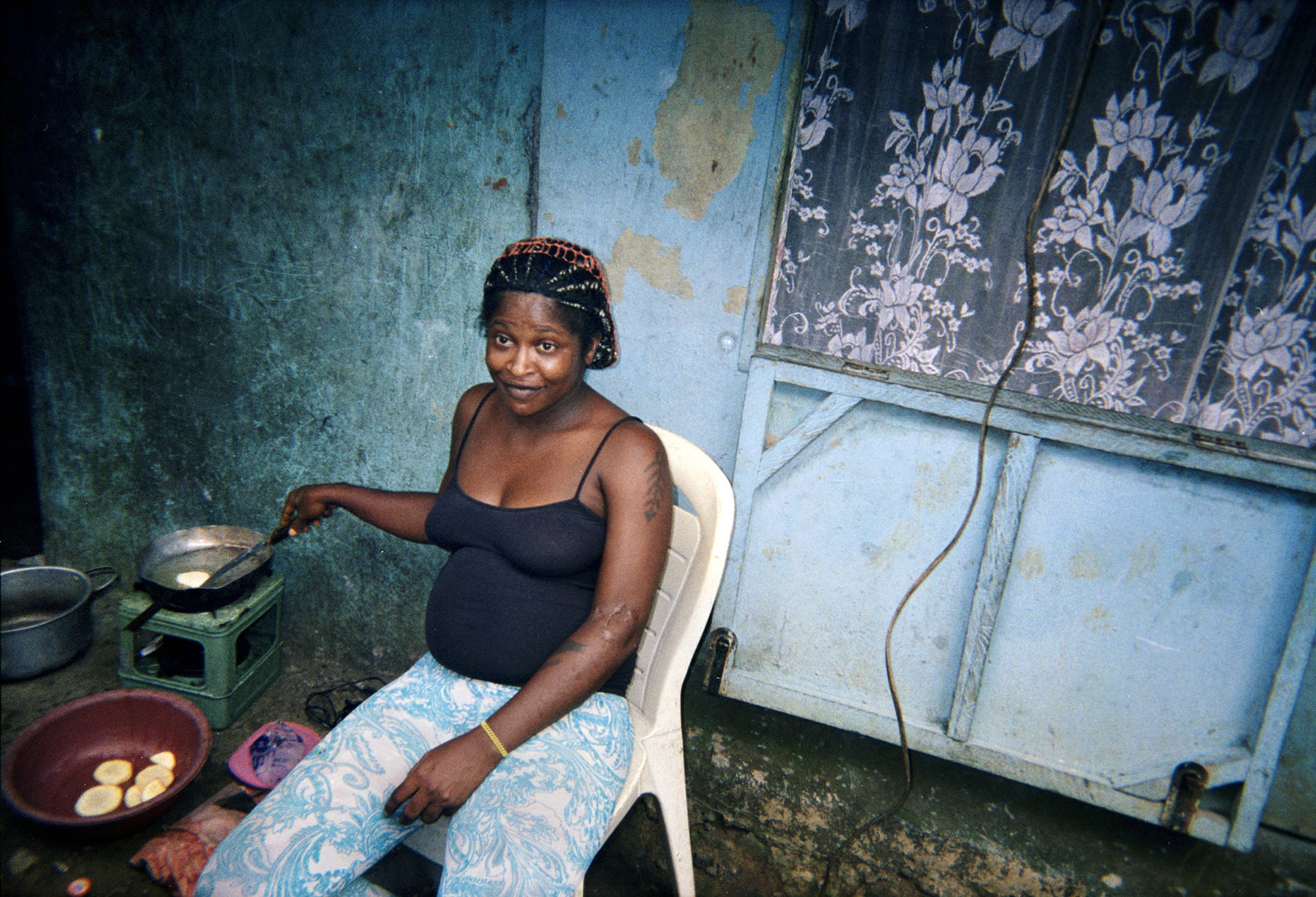
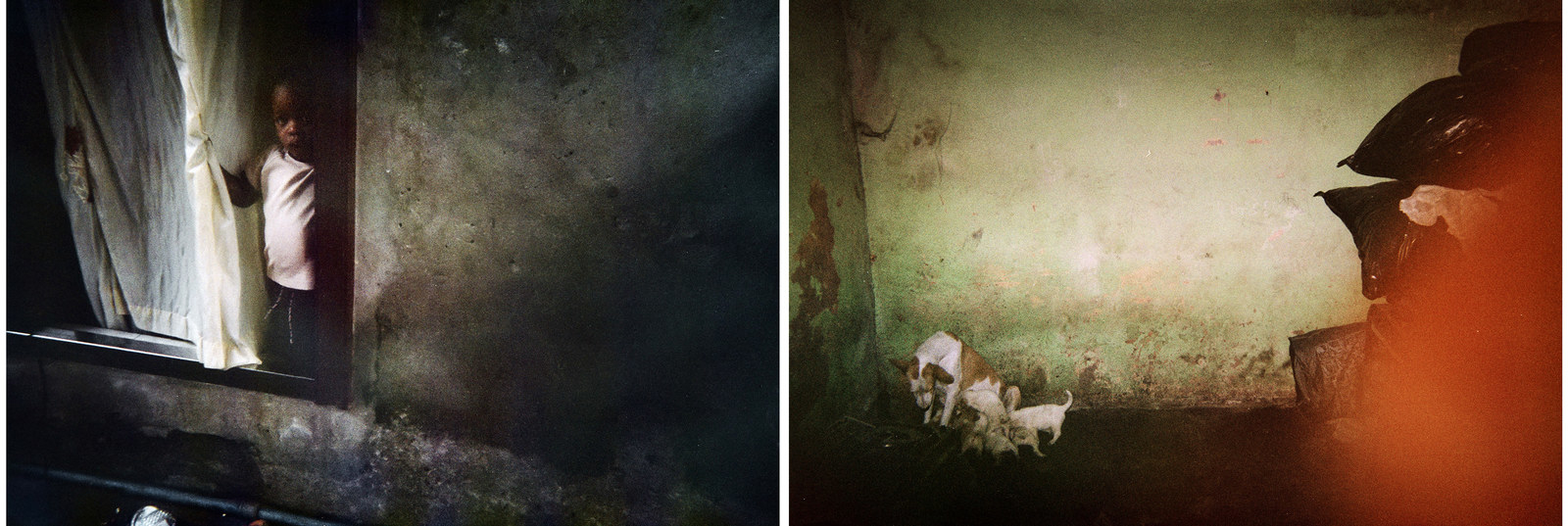
I had visited this community a few times before we did the project. So I had visuals in my head from those experiences. But when I saw their work, it totally surpassed whatever I had been imagining. There’s a proximity and an intimacy that you rarely see coming from the outside. You’re transported to their inner circle, their families, and friends — just as they see and relate and interact with them. You see what preoccupies a 16-year-old and it is soccer, cell phones, siblings, work, and school. It’s life as they see it — honest, spontaneous, difficult, and joyous.
There was also the beauty of surprise and the way they chose to compose. The way a finger might still slip in front of the camera lens. They spent less time worrying about that perfect composition than they did about having fun with the experience. And I think that shows.
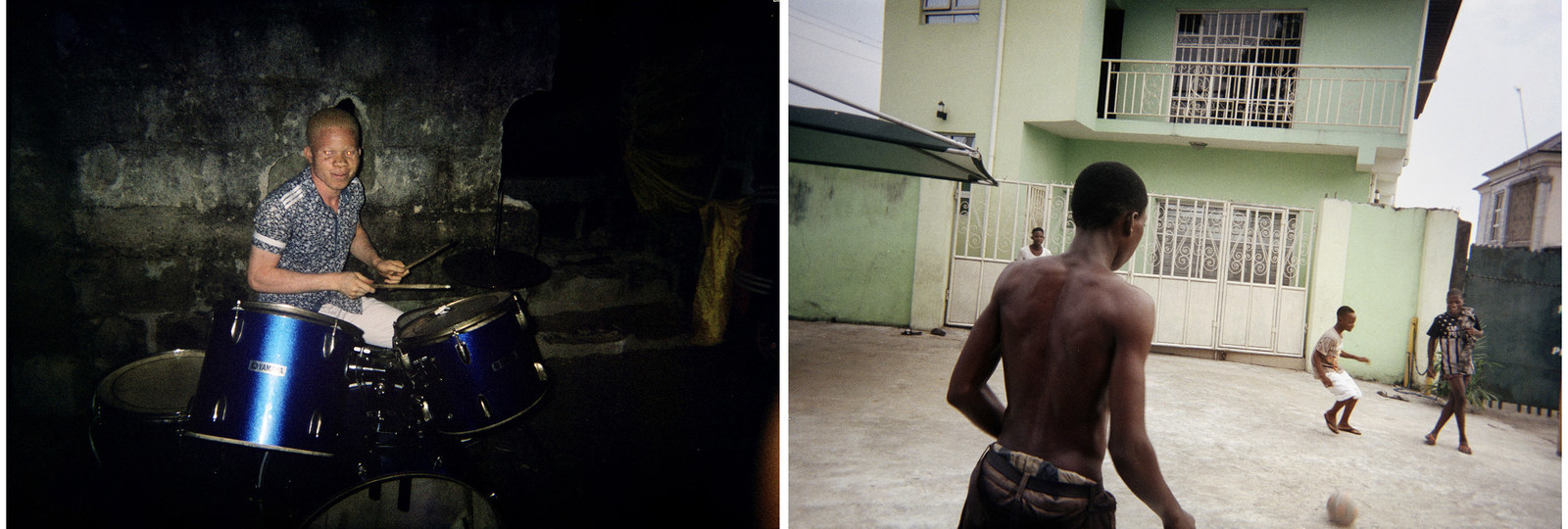
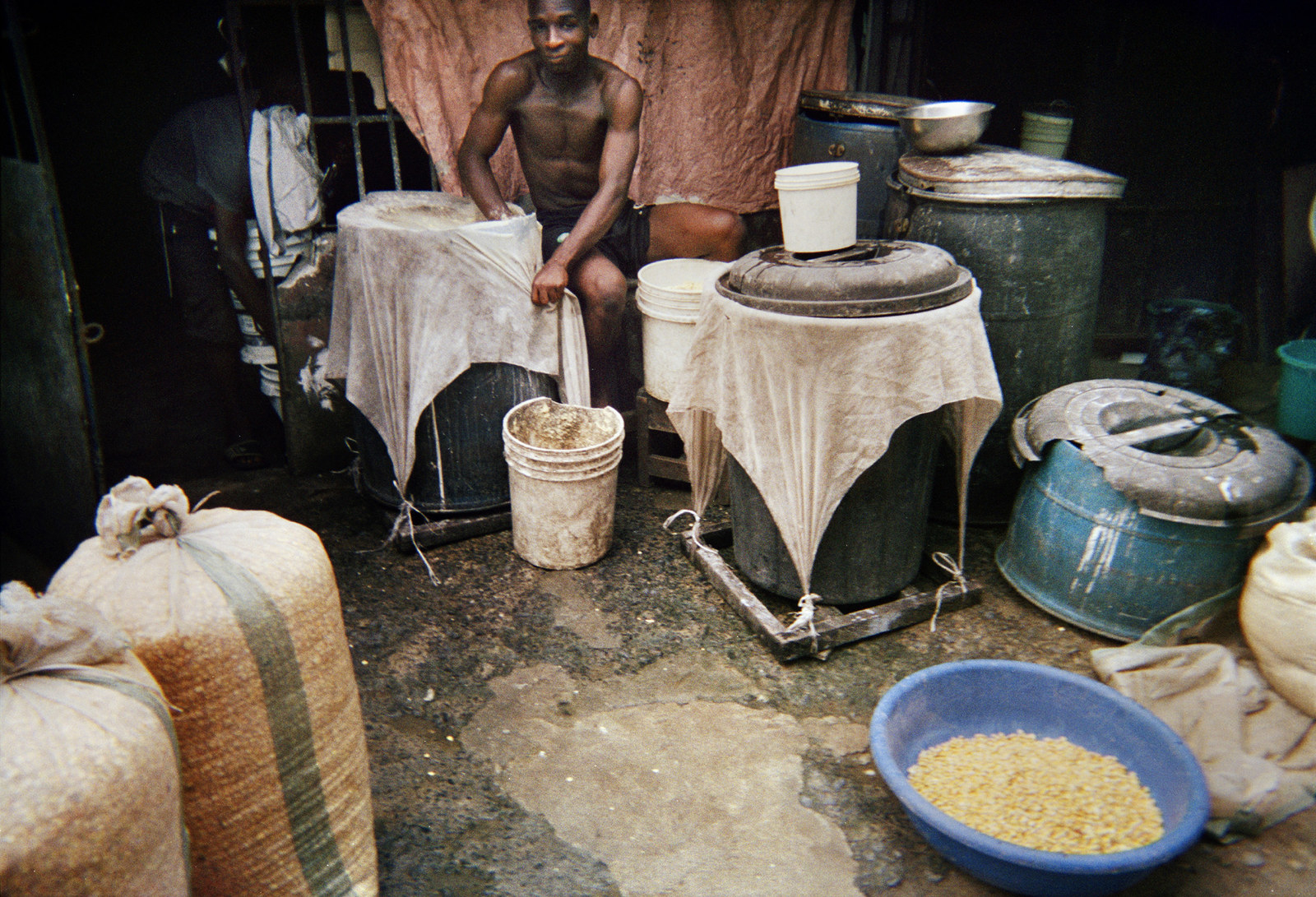
I want people to feel like they’ve been dropped into a family album. The photographers weren’t limited by time, deadline, or theme, nor were they thinking about a beginning, middle, and end. We just asked them to photograph what they felt important in their lives. So my hope is that the viewer experiences a feeling of discovery through this world they enter into, through the photographers’ curation.
The ICRC is present in Port Harcourt running programs ranging from sewage treatment to micro-loans for women. But photographing a water pump doesn’t necessarily tell me all that much about the people who live there, the community, and their challenges. These photos do that — or at least they bring us a little closer.

